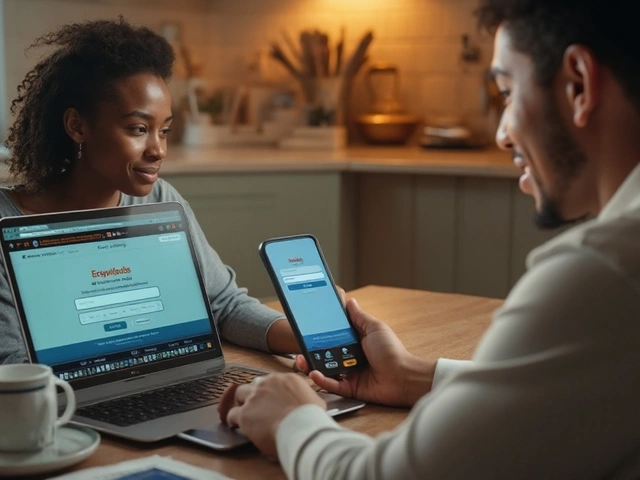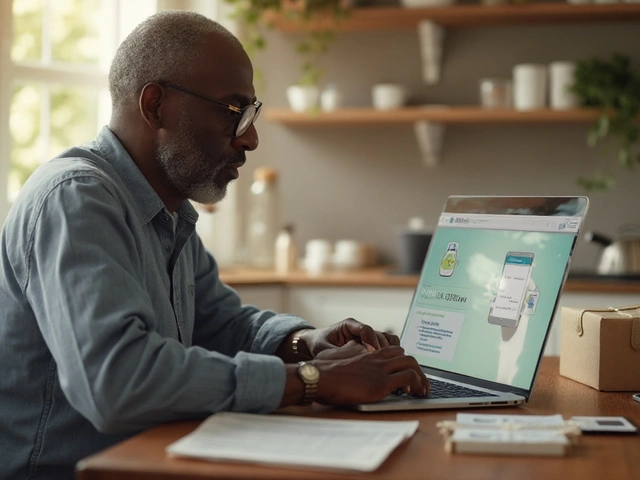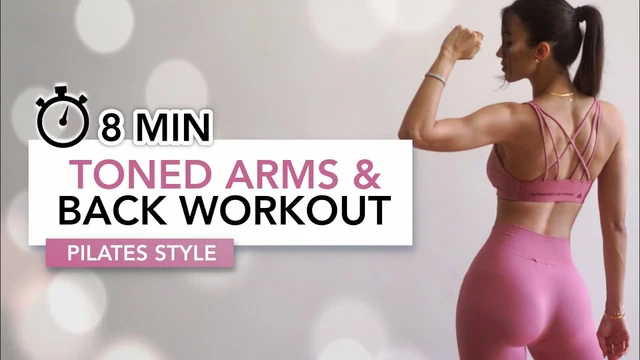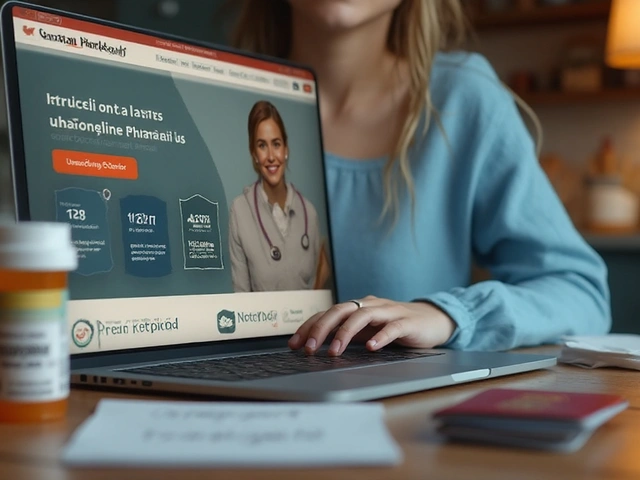Pancreatitis is a medical condition characterized by inflammation of the pancreas, which can be acute or chronic. It disrupts digestive enzyme production and can cause severe abdominal pain. Pancreatic Cancer is a malignant tumor arising from pancreatic tissue, most often adenocarcinoma of the exocrine pancreas. It is notorious for late diagnosis and poor prognosis.
Key Takeaways
- Chronic pancreatitis increases pancreatic cancer risk up to 13‑fold.
- Inflammation‑driven DNA damage, especially KRAS mutations, is the biological bridge.
- Smoking, heavy alcohol use, and longstanding diabetes amplify the link.
- Regular imaging and biomarkers can catch early cancer in high‑risk pancreatitis patients.
- Managing pancreatitis symptoms aggressively lowers long‑term cancer risk.
Understanding Pancreatitis
Acute Pancreatitis is a sudden inflammation lasting days to weeks, often triggered by gallstones or binge drinking. Lab tests show elevated serum amylase and lipase, and CT scans reveal edema. The condition usually resolves with supportive care, but severe cases can lead to necrosis and systemic complications.
Chronic Pancreatitis is a long‑standing, progressive inflammation that causes irreversible damage. Patients experience recurring pain, malabsorption, and diabetes due to loss of insulin‑producing beta cells. Unlike its acute counterpart, chronic pancreatitis creates a fibrotic, hostile environment that can foster malignant transformation.
Understanding Pancreatic Cancer
Most pancreatic cancers arise in the head of the pancreas, where the pancreatic duct converges with the common bile duct. Early symptoms-jaundice, weight loss, and new‑onset diabetes-are vague, leading to a median diagnosis at stageIV.
The disease's hallmark is a mutation in the KRAS gene (an oncogene that drives uncontrolled cell growth when mutated). KRAS mutations are present in over 90% of pancreatic adenocarcinomas, acting as a molecular switch that fuels tumor development.
How Inflammation Turns Into Cancer
Chronic inflammation creates a micro‑environment rich in reactive oxygen species (ROS) and cytokines. These agents cause DNA breaks, epigenetic changes, and impaired DNA repair-all pathways that can convert normal pancreatic cells into cancer cells.
A key step is the activation of the NF‑κB pathway (a signaling cascade that promotes cell survival and proliferation during inflammation). Persistent NF‑κB signaling not only sustains inflammation but also encourages KRAS‑driven tumor growth.
Epidemiological Evidence of the Link
Large cohort studies from the United States, Europe, and Asia consistently show elevated pancreatic cancer incidence among patients with a history of pancreatitis. A meta‑analysis of 12 studies (over 1.2million participants) reported a pooled relative risk (RR) of 2.8 for cancer after any pancreatitis episode, rising to 13.3 for those with chronic disease lasting more than five years.
Time‑trend analyses reveal that the risk peaks within the first two years after a pancreatitis diagnosis, suggesting that some cancers are already present but masked by inflammatory symptoms.
Genetic Bridges: KRAS and Beyond
Genetic sequencing of chronic‑pancreatitis tissue often uncovers low‑frequency KRAS mutations-precursors that can evolve into full‑blown oncogenic lesions. Other mutations, such as TP53 and tumor suppressor genes that guard against DNA damage, become more common as inflammation persists.
Family‑history studies show that individuals carrying germline KRAS variants have a higher baseline risk, and when combined with chronic pancreatitis, the synergistic effect can raise lifetime cancer probability to over 30%.

Shared Lifestyle and Health Risk Factors
- Smoking is a potent risk factor for both pancreatitis and pancreatic cancer, contributing to oxidative stress and direct DNA adduct formation.
- Heavy Alcohol Use precipitates acute attacks and accelerates chronic damage, while also promoting carcinogenic metabolites.
- Diabetes Mellitus often follows chronic pancreatitis due to beta‑cell loss, and independently increases pancreatic cancer risk by 1.5‑fold.
- Obesity contributes to systemic inflammation, insulin resistance, and higher incidence of both pancreatitis and cancer.
These overlapping factors create a cumulative risk profile: a smoker who drinks heavily and has longstanding diabetes faces a dramatically amplified chance of developing pancreatic cancer after chronic pancreatitis.
Clinical Implications: Screening and Management
Given the heightened risk, clinicians should consider surveillance for high‑risk pancreatitis patients. Current recommendations include:
- Annual or semi‑annual MRI/MRCP (magnetic resonance imaging with cholangiopancreatography to visualize pancreatic ducts) for patients with chronic pancreatitis lasting >5years.
- Serum CA 19‑9 testing every 6‑12months, recognizing its limited specificity but utility in trend monitoring.
- Endoscopic ultrasound (EUS) with fine‑needle aspiration for any suspicious lesions detected on imaging.
On the therapeutic side, aggressive control of pain, nutrition, and metabolic complications (e.g., glucose management) can reduce inflammatory burden and potentially lower carcinogenic pressure.
Comparison: Acute vs. Chronic Pancreatitis Cancer Risk
| Feature | Acute Pancreatitis | Chronic Pancreatitis |
|---|---|---|
| Typical Duration | Days-Weeks | Months-Years |
| Common Triggers | Gallstones, binge alcohol | Alcohol, smoking, genetic predisposition |
| Inflammatory Burden | Transient elevation of cytokines | Persistent NF‑κB activation, fibrosis |
| Relative Cancer Risk (RR) | ~1.5 (short‑term) | ~13 (long‑term) |
| Screening Recommendation | None unless recurrent | Imaging + CA 19‑9 surveillance |
Clearly, the chronic form carries a far stronger oncogenic signal, underscoring why long‑term monitoring matters.
Related Concepts and Extensions
Beyond the main entities, several adjacent topics deepen the picture:
- Autoimmune Pancreatitis (an immune‑mediated form that mimics pancreatic cancer on imaging)-patients require steroid therapy and careful differentiation.
- Pancreatic Intraductal Papillary Mucinous Neoplasms (IPMN) (cystic lesions that can progress to cancer)-often coexist with chronic inflammation.
- Endoscopic Retrograde Cholangiopancreatography (ERCP) (diagnostic and therapeutic procedure for ductal diseases)-useful for tissue sampling but carries pancreatitis risk.
These concepts sit on the same knowledge branch as pancreatitis and cancer, offering pathways for deeper research or patient education.
Next Steps for Patients and Providers
For anyone diagnosed with pancreatitis, the conversation should shift from "just treat the pain" to a broader risk‑management plan. Ask your doctor about:
- Eligibility for surveillance imaging based on disease duration and risk factors.
- Genetic counseling if there’s a family history of pancreatic cancer.
- Lifestyle changes-smoking cessation, moderated alcohol intake, weight control.
- Management of new‑onset diabetes, which may be an early warning sign.
For clinicians, integrating a simple risk‑score (e.g., factoring smoking pack‑years, alcohol grams per day, and diabetes status) can flag patients who need tighter follow‑up.
Frequently Asked Questions
Does having a single episode of acute pancreatitis raise my cancer risk?
A lone bout of acute pancreatitis modestly increases risk (about 1.5‑fold) for a short period, mainly because the inflammation may uncover an already existing tumor. The effect fades if no recurrent episodes occur.
How long after chronic pancreatitis should I start cancer screening?
Guidelines suggest initiating imaging surveillance after five years of documented chronic pancreatitis, especially if you smoke, drink heavily, or have diabetes.
Can stopping smoking reverse the increased cancer risk?
Quitting smoking reduces the incremental risk over time, but the damage already done to pancreatic tissue remains. The benefit is greatest when cessation occurs early, before chronic inflammation settles in.
Is CA 19‑9 a reliable early marker for cancer in pancreatitis patients?
CA 19‑9 is useful for trend monitoring but suffers false‑positives in active inflammation. Rising levels over several months, especially alongside imaging changes, warrant further investigation.
What role does genetics play in the pancreatitis‑cancer link?
Inherited mutations (e.g., KRAS, CDKN2A, PALB2) predispose individuals to both pancreatic inflammation and malignant transformation. Genetic testing is advised for patients with a strong family history or early‑onset disease.







Kamal ALGhafri
24 September 2025 - 17:42 PM
Inflammation is not merely a symptom but a moral imperative to intervene early; the pancreas, when repeatedly assaulted, becomes a crucible for genetic instability. Chronic pancreatitis creates a microenvironment saturated with reactive oxygen species that erode DNA integrity, paving the way for KRAS mutations. The ethical duty of clinicians, therefore, extends beyond pain control to systematic surveillance of high‑risk patients. Ignoring this responsibility perpetuates avoidable mortality, a negligence that is indefensible. A structured screening protocol aligns medical practice with its moral obligations.
Gulam Ahmed Khan
28 September 2025 - 18:55 PM
Absolutely, early detection can turn a grim prognosis into a hopeful story! 🌟 Regular MRI scans and CA 19‑9 monitoring empower patients to stay ahead of the disease. Stay proactive, stay positive, and remember that lifestyle changes can shift the odds dramatically. Keep the momentum going and you’ll make a real difference! 😊
John and Maria Cristina Varano
2 October 2025 - 20:08 PM
i cant believe ppl still think pancreatitis is just a tummy ache its a serious issue that can lead to cancer the link is obvious and govts should fund more screening we need better health policy now. this is real talk not some fancy science.
Melissa Trebouhansingh
6 October 2025 - 21:22 PM
The ontological ramifications of chronic pancreatic inflammation transcend mere pathophysiological description. One must consider that the organ’s exocrine function is emblematic of a delicate biochemical symphony. When that symphony is disrupted by recurrent necrosis, the resultant fibrotic milieu serves as a crucible for oncogenic transformation. The epidemiological data, while empirically robust, also beckon a philosophical contemplation of societal responsibility. It is incumbent upon the medical establishment to curate surveillance protocols with a rigor befitting the gravity of the hazard. Moreover, the molecular cascade involving NF‑κB activation and KRAS mutagenesis is not an isolated curiosity but a testament to cellular adaptability under duress. Such adaptability, when co‑opted by malignant cells, engenders a neoplastic phenotype that defies conventional therapeutic paradigms. The discourse surrounding CA 19‑9 biomarkers must therefore be situated within a broader epistemic framework that acknowledges both specificity limitations and kinetic trends. Patients who exhibit persistent elevation over serial measurements warrant an invasive diagnostic algorithm that includes endoscopic ultrasonography. The ethical dimension of informing patients about their inherent risk cannot be reduced to a sterile statistical exposition. Informed consent, in this context, demands a narrative that intertwines probabilistic forecasts with tangible lifestyle modifications. Smoking cessation, moderation of alcohol intake, and meticulous glycemic control compose a triad of preventive measures with demonstrable efficacy. The physician’s role evolves from a reactive healer to a proactive steward of long‑term oncologic vigilance. It is lamentable that healthcare policy often lags behind such nuanced clinical imperatives. Funding allocations for high‑resolution MRI and specialized pancreatic clinics should mirror the disproportionate mortality burden. In summation, the interstice between chronic pancreatitis and pancreatic carcinoma is a fertile ground for interdisciplinary inquiry. Only through a synthesis of molecular insight, epidemiologic vigilance, and compassionate patient engagement can we hope to attenuate the inexorable tide of pancreatic cancer.
Brian Rice
10 October 2025 - 22:35 PM
It is profoundly disconcerting that the medical community continues to permit a tolerable degree of neglect in the surveillance of chronic pancreatitis patients. The literature unequivocally demonstrates a thirteen‑fold increase in carcinoma incidence, yet guidelines remain languid. Such inertia betrays an ethical failing that cannot be excused by resource constraints. Institutional complacency must be supplanted by an uncompromising commitment to early detection. The ramifications of inaction are neither abstract nor acceptable.
Stan Oud
14 October 2025 - 23:48 PM
Well, if you think more scans will magically solve everything… maybe not.
Ryan Moodley
19 October 2025 - 01:02 AM
Contrary to popular sentiment, the proliferation of imaging studies often inflates the illusion of control while diverting attention from lifestyle remediation; the drama lies not in technology but in the human capacity to ignore fundamental risk factors.
carol messum
23 October 2025 - 02:15 AM
We should think about how inflammation changes the pancreas over time, not just as a disease but as a process that reshapes cellular identity.
Jennifer Ramos
27 October 2025 - 02:28 AM
Exactly! 👏 Your point about the process reshaping cells ties directly into why early screening can catch those subtle shifts before they become malignant. Let’s keep sharing resources and supportive tips for patients navigating this journey. 😊
Grover Walters
31 October 2025 - 03:42 AM
Indeed, the philosophical underpinnings of cellular transformation merit a measured discourse that balances empirical evidence with compassionate patient communication.
Amy Collins
4 November 2025 - 04:55 AM
TL;DR: chronic pancreatitis = high cancer risk, get checked.
amanda luize
8 November 2025 - 06:08 AM
While the mainstream narrative emphasizes individual risk factors, one must also scrutinize the pharmaceutical industry's vested interest in downplaying preventive screening to preserve market for late‑stage therapeutics; the linguistic precision in official statements often masks such ulterior motives.
Chris Morgan
12 November 2025 - 07:22 AM
The push for universal MRI surveillance is overblown; resources could be better allocated to lifestyle education.
Pallavi G
16 November 2025 - 08:35 AM
Great point! However, consider that targeted MRI for high‑risk groups-such as long‑standing smokers with chronic pancreatitis-has been shown to improve early detection rates without overwhelming the system.
Rafael Lopez
20 November 2025 - 09:48 AM
Indeed, the data suggest that a risk‑stratified approach, employing annual MRI/MRCP combined with semi‑annual CA 19‑9 assays, can identify neoplastic lesions at a stage where curative resection is feasible; additionally, patient education on smoking cessation and alcohol moderation substantially lowers the underlying inflammatory burden, thereby reducing oncogenic pressure.
Craig Mascarenhas
24 November 2025 - 11:02 AM
They dont want us to know that the real cause is hidden toxins in processed foods and the govt hides it.
aarsha jayan
28 November 2025 - 12:15 PM
Let's stay focused on evidence‑based strategies while we also advocate for cleaner food policies; empowering patients with knowledge about diet, exercise, and regular check‑ups creates a supportive community that can push for systemic change.
Rita Joseph
2 December 2025 - 13:28 PM
When evaluating a patient with chronic pancreatitis, it is useful to calculate a personalized risk score that incorporates smoking history, alcohol consumption, diabetes status, and family history of pancreatic cancer.
abhi sharma
6 December 2025 - 14:42 PM
Sure, because adding another number to a chart totally solves everything.
mas aly
10 December 2025 - 15:55 PM
While scoring systems add complexity, they provide clinicians with a quantitative framework to prioritize surveillance, which can ultimately spare patients from delayed diagnoses and the anxiety that accompanies uncertainty.